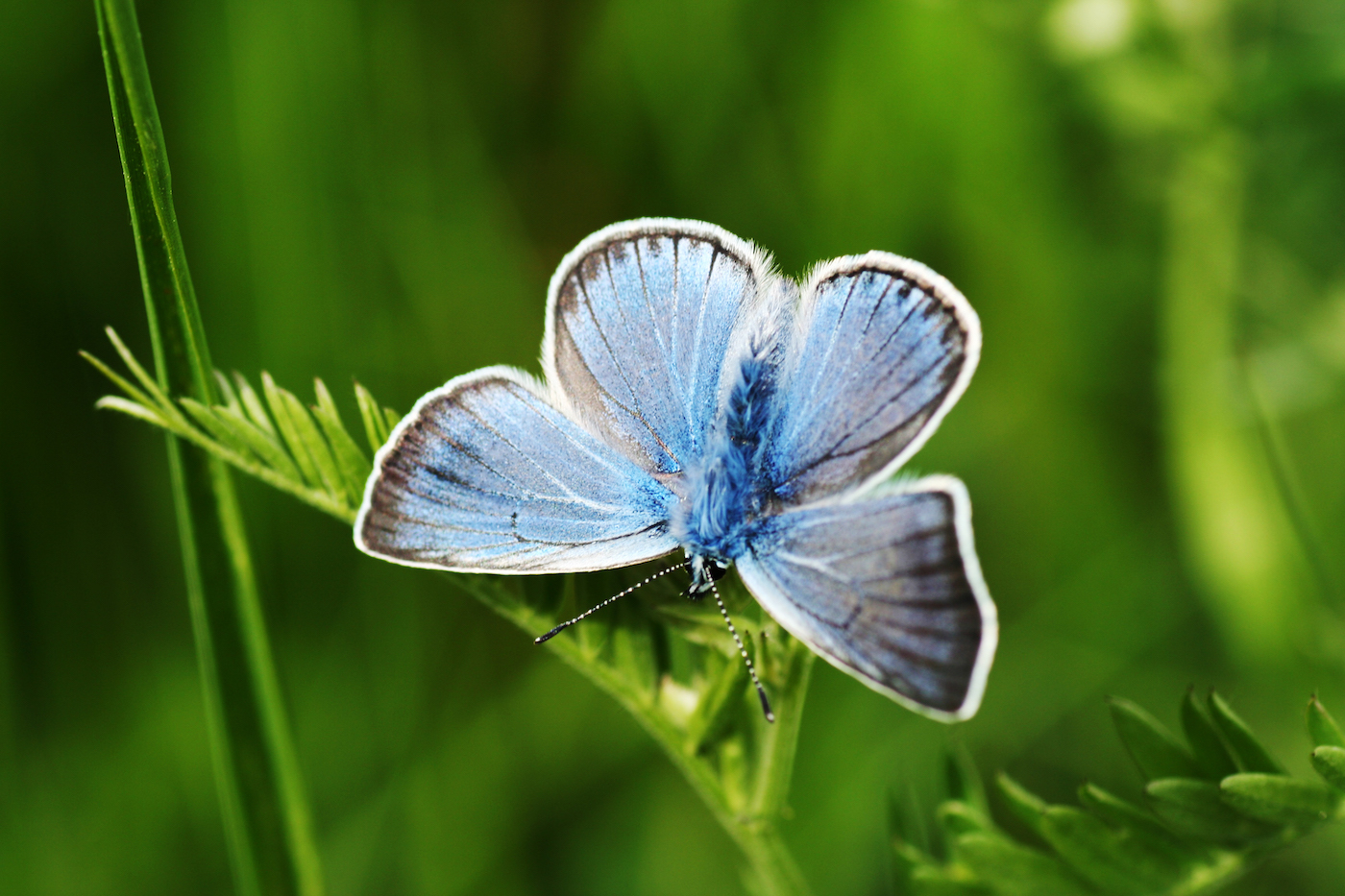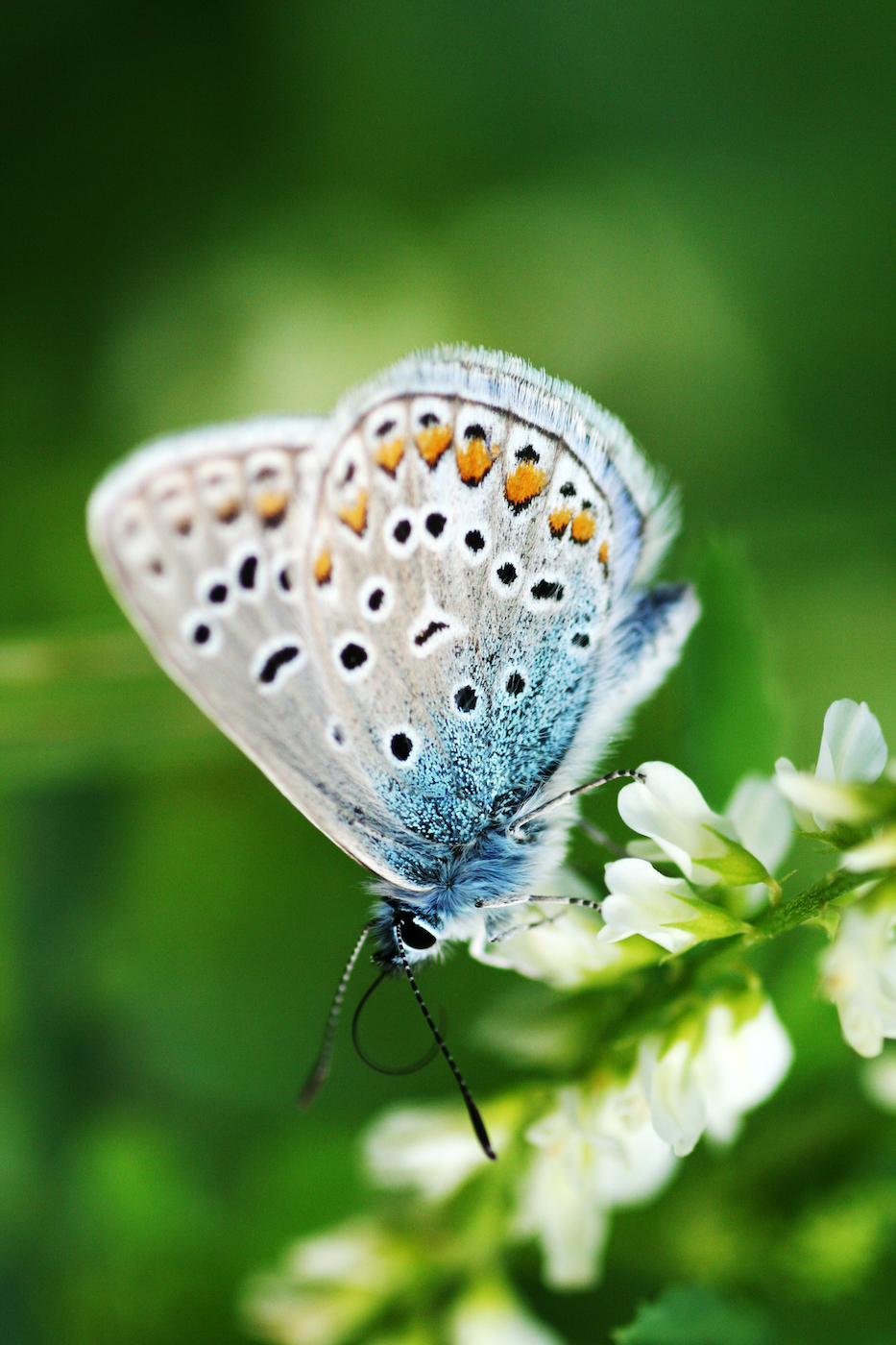The condition of habitats, especially on arable land, can be assessed by the abundance of pollinators. Intensive agriculture, the use of pesticides, environmental pollution, and climate change reduce the number and biodiversity of pollinators, both in Estonia and around the world.
In the course of the project, the University of Tartu will organise applied research on pollinators and prepare a research-based action plan suitable for the Estonian context.
The focus of this plan is on natural pollinators, but many techniques related to the condition and problems of the honeybee are also indirectly related to the topic. All insects visiting flowers can be natural pollinators, mainly natural bees in Estonia, butterflies and moths, many beetles, and flies (incl. hoverflies). Thus, the primary emphasis in the mapping of measures and stakeholders is on agricultural and forest management-related use of land, the connectivity of areas with wild flora, plant protection products and techniques, heritage communities, and other nature conservation measures.
On 11 April 2021, a brainstorming session was held at the initiative of the University of Tartu, the aim of which was to map all existing and missing measures to maintain and improve the condition of pollinators and to prepare a brief analysis of these measures. The event provided an input for the planning of surveys taking place from 2022–2024 and for the creation of an action plan to be drawn up by the end of 2024.
Pollinators are vital conservators of biodiversity in agriculture and in terrestrial ecosystems. The annual contribution of pollinators, including bees and bumblebees, to European Union agriculture is around 22 billion euros. A total of 80% of the agricultural production in the European Union and the fertilisation of most wildflowers depends on bees or other pollinators.
In total, about 20,000 species of bees have been described worldwide. Bees depend on flowers because they get almost all the proteins, fats, and sugars they need from nectar and pollen. They are important pollinators, as almost 90% of all flowering plants have adapted to pollinate (reproduce) with the aid of animals, and in most ecosystems, bees are the main pollinators.
There are 285 species of bees living permanently in Estonia, including 28 species of bumblebees (21 species of true bumblebees and seven species of cuckoo bumblebees) and 256 solitary bee species; the condition of 44% of bee species considered satisfactory (Estonian Red Data Book, 2018). There are 18 species of true bumblebees under nature protection in protected category III in Estonia.
A total of 98 species of butterflies live permanently in Estonia, of which eight are protected species: one species in category II and seven species in category III. The current condition of Estonian butterflies is relatively good: the condition of 85% of the species is considered favourable.


